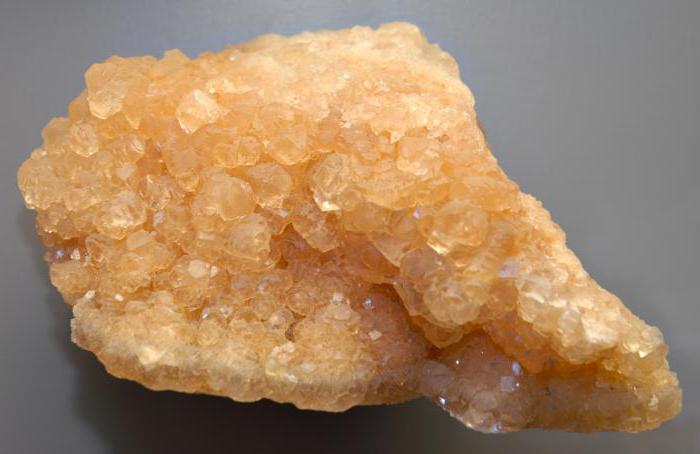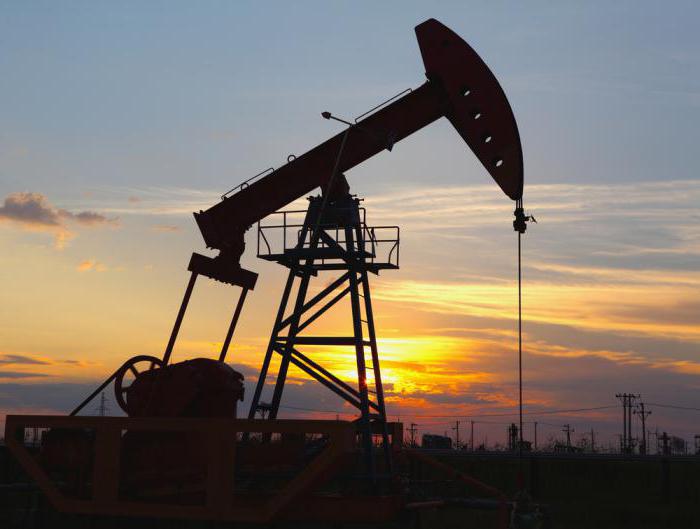When you look at the geographical map of Belarus, or what is the official name of the country - the Republic of Belarus, you think: what mineral deposits can be in the territory of this country in the center of Europe?
General characteristics of stocks
Due to the lack of mountains, ore deposits on an industrial scale were initially excluded. But taking into account the flat terrain and the developed water network, we can assume the presence of mineral raw materials on the territory of the Republic of Belarus. Minerals of this type really make up the bulk of the underground resources. On the territory of the state, more than thirty types of mineral raw materials are known and more than four thousand deposits have been explored. Potassium salts are in a special position in the country. Their estimated industrial reserves allow it to be in the leading group of European states. Rock salt deposits in the country are considered practically inexhaustible. In addition, the mineral resources of the Republic of Belarus are building materials of all kinds.
As well as peat - the marshlands of the country are rich in deposits of this material.
Aggregates of Belarus
Potash salts are almost the primary raw materials of the Republic of Belarus. Minerals of this type are mainly developed at the Starobinsky and Petrikovsky deposits. Their strategic reserves are estimated at ten billion tons.

According to this indicator, the country is the third in the world. Three deposits of rock salt have also been explored, but mining is carried out only at Starobinsky and Mozyrsky. Dolomite deposits are being developed. In the Mogilev region there are phosphorite deposits with a total capacity of sixty million cubic meters, but the prospects for their production are vague. Minerals of the Republic of Belarus for the construction industry are mined throughout the country. Reserves of over five hundred clay deposits are estimated at one and a half billion tons. Deposits of gravel and pebbles, according to experts, make up the same amount. Even more sand in Belarus - silicate and building. The country is rich in raw materials for the production of cement and lime, known for deposits of building stone and refractory clay.
Fuel resources of the country
Gas and oil reserves are also available in the Republic of Belarus. Minerals containing hydrocarbons are located in the southern part of the country. Over seventy oil fields have been explored, and half of them are actively used. Mining is only for local consumption. Its volume does not exceed two million tons. But that does not even cover fifteen percent of the country's needs.

And natural gas production reaches two hundred million cubic meters per year, which is less than one percent of the state’s needs. Shale gas reserves amount to more than ten billion cubic meters, but their production costs are very high, and therefore there are no prospects for today. There are no coal reserves in the country, and two brown coal deposits have been discovered that are not developed. Peat bogs occupy more than twelve percent of the entire country. Peat reserves in the country amount to more than thirty million cubic meters. Peat mineral deposits of Belarus are located throughout the country. There are several thousand of them, but only a small number are being developed. This type of raw material exhausts its purpose. If in 1975 the development of 170 sources of peat was carried out, by now there are about forty of them left.
Other resources
As mentioned above, due to the lack of mountains in the Republic of Belarus, minerals of the ore type are practically absent. Only two iron ore deposits have been discovered. Their total reserves, according to experts, amount to just over three hundred tons. But for the production of mineral paint, deposits of marsh iron ore are used, which are scattered throughout the country in an amount of more than three hundred. But the country is trying its best to use its, albeit few, sources. The high-quality use of minerals in Belarus can be seen even in relation to mineral water.
More than sixty sources have been investigated, and almost all of them are used for spa treatment or bottling.